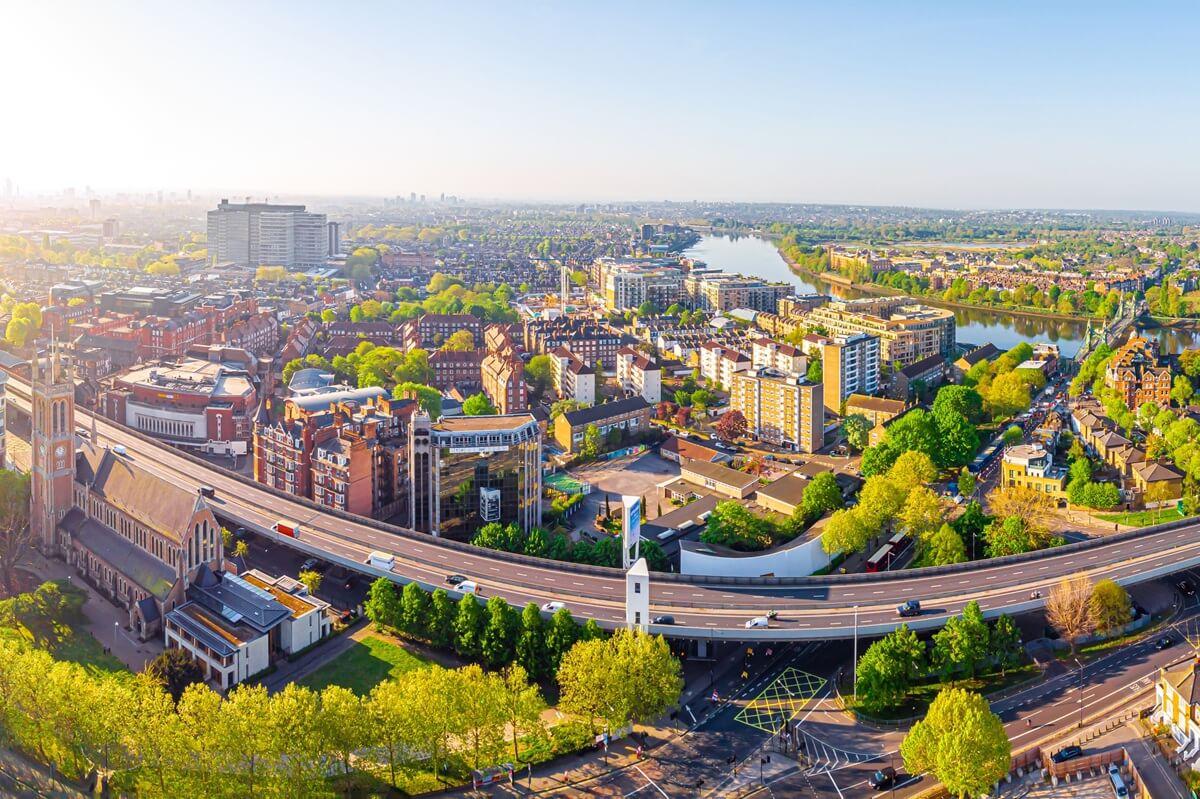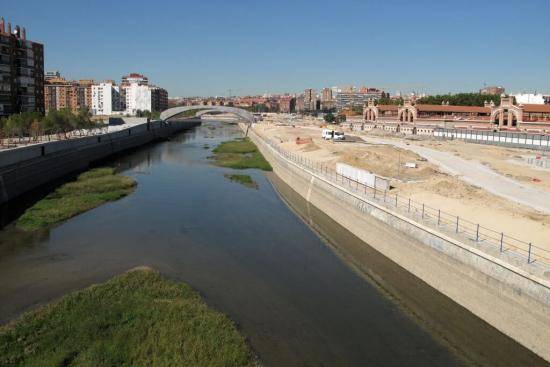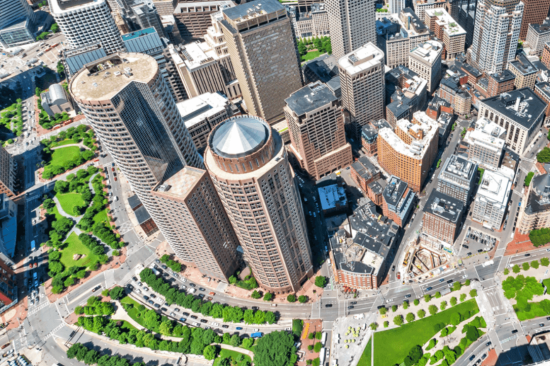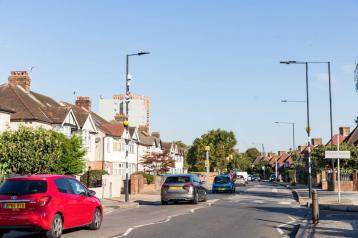
Local people will soon have their say on plans to reshape the heart of Hammersmith.
Hammersmith & Fulham Council's new draft Local Plan would see both the Hammersmith gyratory and flyover removed. They would be replaced with underground road links by their owners, Transport for London. The proposal was approved at a Cabinet meeting on Monday (13 October).
The flyover and sections of the A4 would be replaced with a tunnel. This will free up land for development and reconnect Hammersmith town centre to the riverside.
Just as the Victorians had the vision to put trains underground, we're now doing the same with roads. The flyover has divided Hammersmith from the River Thames for more than 60 years. This plan will heal that divide by creating new affordable homes and offices, new green spaces and keep traffic flowing.
Now, we want to hear what local people would like to see. You can read the draft Local Plan here and comment on the proposals during a six-week public consultation period.
Details on how to share your views online or in-person will be shared via the Have Your Say page from Wednesday 29 October. Watch this space.
Learning from global cities
There is a growing momentum in leading cities across the world to create tunnels for roads.
In Madrid they have moved 56km of their M30 ring road underground to reconnect the city centre with the Manzanares river. The motorway had cut the Spanish capital in two since the 1970s. Now, the land above is used for affordable housing and 'Madrid Río' – a six-kilometre linear park with playgrounds, sports facilities, and 33,000 new trees.

In Boston they removed an elevated highway that had cut off the downtown city from the waterfront since 1959. By reclaiming 300 acres, the city has now been reconnected to its harbour via the Rose Kennedy Greenway – including parks, fountains and public art.
These efforts have also cut air pollution in these major cities. Currently, no neighbourhood in H&F meets World Health Organization guidelines for safe air.
Moving the A4 underground will slash pollution levels by reclaiming land for parks with thousands of new trees – which naturally filter toxins in the air while cooling temperatures by up to 40 per cent on hot days.

What's planned for Hammersmith
Since 1961, the A4 and flyover have divided Hammersmith and blocked direct access to the River Thames. A new tunnel would restore these connections while creating space for thousands of genuinely new affordable homes and new jobs.
The Local Plan sets out specific changes:
- Remove the flyover and A4 sections to free land for development
- Build genuinely affordable homes for local people
- Create employment spaces, retail and cultural facilities
- Expand St Paul's Green and enhance Furnivall Gardens
- Build pedestrian and cycle routes to the riverside
- Return the gyratory to two-way working
- Upgrade bus station connections between Underground lines
- Respect listed buildings including St Paul's Church and Hammersmith Apollo
- Re-knit Victorian streets severed when the flyover opened in 1961
This project would not be funded by H&F Council taxpayers. It would be self-financed by releasing land value for re-development and through financial backing of the Mayor of London, Transport for London, and central government.

Going underground
Hammersmith has history for going underground. In 1863, London opened the world's first underground railway to reduce street traffic. One year later, Hammersmith became one of the first stations connected to what would become the Metropolitan Underground line.




